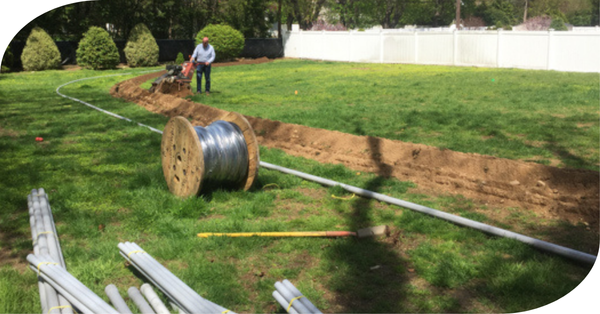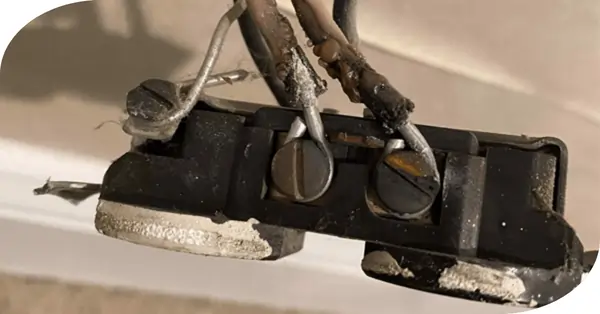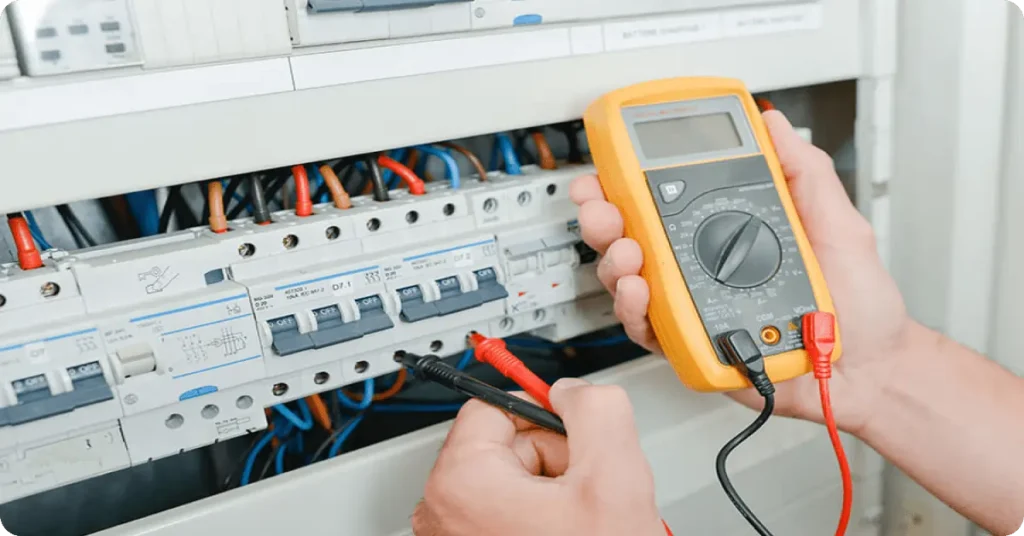What is an Underground Electrical Service?
An underground electrical service refers to the conductors that supply your electrical meter with electricity from either a remotely located transformer or utility power. The conductors are installed permanently underground hence the name underground electrical service. Homes and buildings with underground services do not have overhead cables supplying power to the home. Some find this aesthetically pleasing while in some cases it is necessary to circumvent a potential violation or dangerous condition. See Overhead vs. underground services for a description and pictures of the differences.
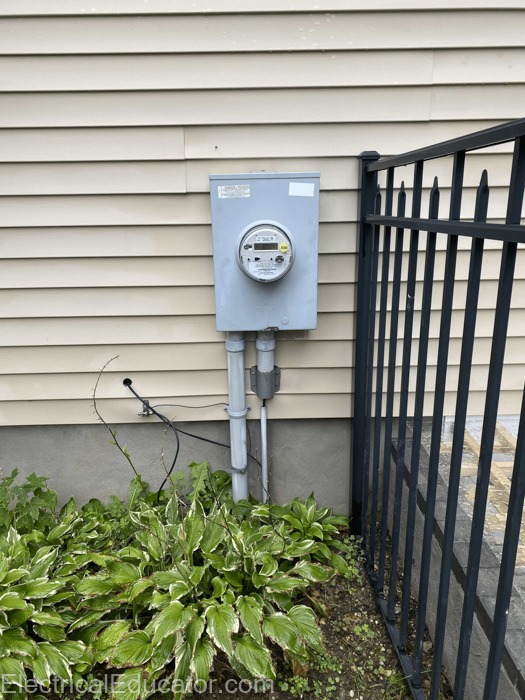
Benefits of an underground electrical service
The benefits of an underground electrical service have to do with damage prevention, aesthetics, and necessity. Direct sunlight, damage from the elements, and ambient heat are not a factor in underground services. There are also no service connection points on your home above the ground that could potentially weaken over time. The fact that the service does not exist above ground could help reduce power outage problems from high winds. What happens too often is that the overhead services get pulled off of the house. High winds are notorious for breaking tree limbs which can then fall on overhead service conductors pulling the service down. Utility poles shift over time stressing and eventually breaking the point of attachment.
These two particular scenarios would not happen with an underground service. Although the mechanical and physical arguments are not strong, necessity and aesthetics are a completely different matter. Let’s look at these more closely as they relate to pools and tall vehicles.
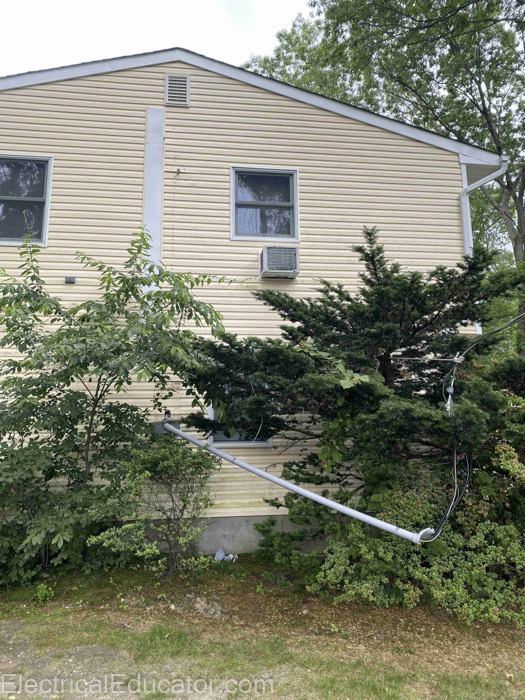
Why would you need an underground electrical service?
Pools
The most common example I can think of pertains to the installation of a pool. “Clearance in any direction to the water level, edge of water surface, base of diving platform, or permanently anchored raft” needs to be 22.5 feet (See NEC 680.8A). Overhead services to homes very rarely, if ever, are high enough to provide for 22.5’ of clearance above the ground (it would need to be even higher if there is a dive platform). Because it would be nearly impossible to install a service to bring the conductors to this height, the solution is to relocate your service from above ground to underground. Here’s an example of an underground service being installed to accommodate a pool.

Tall Vehicles
Those who have tall vehicles such as an RV may elect to convert to an underground electrical service should the existing overhead service be located on that side. Large trucks or dump trucks in a commercial lot type setting can face the same dilemma. It’s easier to relocate the service underground than worry about potentially hitting the service conductors and damaging the service or even the utilities transformers and equipment.
Aesthetics
Lastly, and probably most common, are also the customers who simply prefer not to see the electric utility line. Depending on the location of the meter, the overhead service may simply be an eyesore. Or, as described earlier, maybe there are lots of trees and it would be wise to relocate the service underground to prevent a potential issue should a limb fall.
Potential drawbacks:
Do you own the underground service conductors or does the utility? With a typical above ground service (here on Long Island) the local utility owns everything right up to the service connection at your house. The utility company in repairs and maintains the conductors up to that point. It’s their job to own and maintain the service cables.
On the contrary, an underground service is often owned by the homeowner. The homeowner is responsible for any repairs that may be necessary in the event of a fault. Specialized electricians are needed to repair these faults. They need to locate the fault, dig it up, and repair it. This becomes expensive and potentially invasive, particularly if there is a break under a driveway or paved area. Although rare, it does happen. In my experience, I’ve seen these bills taken care of by the homeowners insurance companies when they relate to lightning strike or other events of the sort.
What’s Next?
If you’re ready to have your service converted to an underground electrical service, we encourage you to utilize our National Electrical Registry. We have painstakingly put the registry together over the past few years because we genuinely want the best experience for every customer. It’s our goal to make the electrical industry a better place for everyone from us master electricians running companies to our customers who should expect the best.
Residential one and two family dwellings underground electrical services with direct burial cables need to have 24 inches of cover as per 300.5. They can be 18 inches if under a driveway or 2 inches of concrete.

